-
Posts
15,099 -
Joined
-
Last visited
Content Type
Profiles
Forums
Store
Help Articles
Posts posted by liuzhou
-
-
-
Whether you buy into the theory that the Romans brought fish sauce to Asia along the Silk Road or you prefer the alternative, that it was invented independently, there is no denying the importance fish and fish sauces had in the Roman Empire and therefore Europe.
It is certain that the Greeks introduced garos to the Romans who Latinised it into garum. The problem is that no one is entirely sure what garum was. Later, the Romans started talking about a fish sauce they called liquamen. Was this simply garum renamed and if so, why? And what was haimation?
The famous 4th century CE cookbook referred to as Apicius includes numerous dishes using liquamen but only mentions garum in passing.
Garum then disappeared in the 5th century, to be followed by liquamen soon after, coinciding almost with the fall of the Empire.
There is a detailed account of the historical and linguistic confusion and uncertainties here.
https://link.springer.com/article/10.1007/s11457-018-9211-5
Well worth a read if you are at all interested.
I'll be looking into European fish sauces next, when I have time and the current eG access problem is resolved. But I won't be starting in Italy.
-
 1
1
-
-
I managed to photograph the ingredients list on a packet of these this morning. Are you ready?
Ingredients : wheat flour, drinking water, vegetable oi, edible salt, sugar, irradiated spice, irradiated chili powder, food additives (sodium glutamate, Glyceryl monostearate, cyclamate, 5'- flavor nucleotides disodium, Sucralose, neotame, tert-butylhydroquinone, compound leavening agent (disodium dihydrogen pyrophosphate, sodium bicarbonate, monocalcium phosphate, calcium carbonate), curcuma longa, monascus red, capsicum red), food flavor.
That is 'food flavor'; not food.
-
 2
2
-
-
-
I have been scratching my head over a recipe that advises me to
"fry until the surface is raw, then pick up to control the oil."
OK. If you insist!
-
 3
3
-
-
29 minutes ago, KennethT said:
Fascinating - I'm wondering what I'd use it for and trying to think of what I've had in Vietnam that would work well with it. I'd be a bit worried that it would be amazing on first taste, but eating a whole meal or dish made with it would get to be too much.
I can see it as a dip in one of the many grilled meat / BBQ scenarios.
-
 2
2
-
-
Before leaving Asia, I have to mention this one fish sauce from Phú Quốc, Việt Nam.
Two of the island's top producers have cooperated in makinfg a special sauce. BLiS and Red Boat have made a smoked type. They took
"Red Boat 40°N and aged it in charred barrels for 7 months. The result is pretty extraordinary. It’s rich, smoky and peaty—and when I say smoky, I mean smoke for days. Like drinking Laphroaig around a campfire while smoking a brisket."
This quote is from a review of fish sauces from this New Zealand site.
https://foody.nz/blogs/news/fish-sauce-taste-test-13-brands-compared
The tasting and subsequent write up are more considered than is often the case with this sort of internet page. A recommended read.
I haven't, I'm sad to say, sampled this one but I am a Laphroaig fan. The hunt is on.
-
 3
3
-
-
4 hours ago, Katie Meadow said:
We have black chanterelles but I've never heard of a black bolete. Sounds delicious.
I'm not surprised. I'd never heard of them either. They are apparently restricted to South China.
-
13 minutes ago, KennethT said:
I haven't come across any Indonesian dish that uses fish sauce (from anywhere) yet - certainly not in the regional cooking of a few areas that I've been studying. Maybe that's why they don't care about it?
Maybe, but someone must be using it or they wouldn't be importing it or making it.
Most of the fish sauce here in China is also imported.
Anyway, I think I'm finished with Asian fish sauces.
-
-
On second thoughts, perhaps top prize in the 'we don't care where our sauce comes from' challenge is Indonesia. Known as kecap ikan, their fish sauce is often just imported, re labeled Thai nam pla or Vietnamese nước mắm.There is real made in Indonesia fish sauce, but it seems to be a minority.
This is one.
Indonesian kecap ikan - limone.id
So, be careful. Check where it's really from then check that it is 'ikan' which means 'fish'. Kecap on its own is soy sauce, but generally just means 'sauce ', of which there are many.Look out for kecap Inggris or kecap which is a popular Indonesian version of Worcestershire sauce. 'Inggris' means 'English. English sauce! It doesn't contain fish. English Worcestershire sauce contains anchovies.
Note: They don't even care enough to spell their own language correctly on the label.
Kecap Inggris - grandlagunashop.com
-
 2
2
-
-
-
Uncooked rice is often used here when seasoning a new wok. It is 'stir-fried' in the dry wok between washing off the machine oil the woks are coated in for shipping and then the hot oil treatment.
I've never been quite sure what the rice part actually does. If anything.
-
To earn your badge of honour here in Liuzhou you'll need this.
S: 螺蛳香料: T:螺螄香料 (luó sī xiāng liào), river snail spice. This is a mixture of spices considered essential for the cooking of the aforesaid gasteropods. That said, the precise necessity varies depending on the brand.
It should be a selection from black cardamom, fennel seed, dried tangerine peel, cassia bark, cloves, pepper, bay leaf, licorice root, sand ginger, and star anise.
Of course you'll need some snails, too. These are the local snails, now a major Chinese tourist attraction.
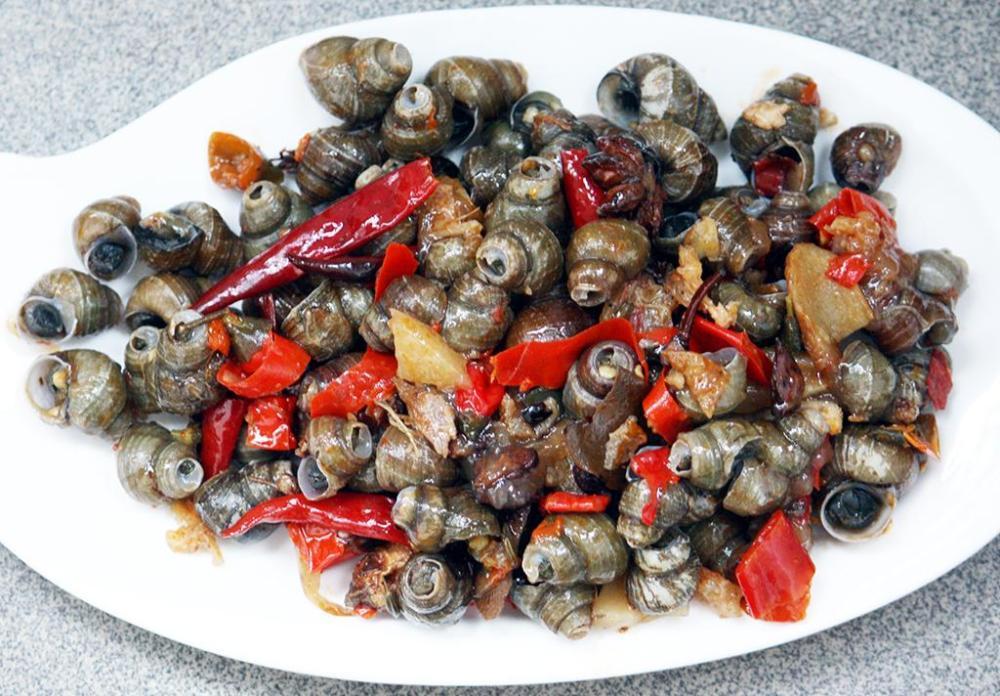
The snails are stewed then eaten in a spicy dressing with the pack contents or, if you have 16 hours and some pig bones, you could make luosifen - no one ever does so at home.
Here are the appropriate noodles.
They are dried rice noodles made using 'old rice'; aged rice which makes firmer noodles with more bite.
-
 2
2
-
-
12 minutes ago, Norm Matthews said:
- These are the ingredients in the recipe I used.
Thanks. Interesting.
Just don't go looking for it in Beijing. 🤭
-
This won't take long. Of all the fish sauce producing nations, the least fastidious about their sauce must be the Philippines. National pride doesn't seem to extend to their dinner table.
Patis, as it's known in Filipino is made in the Philippines but some of their top brands are simply a Thai made nam pla with a Filipino label.
True Filipino fish sauce is made from a variety of scad (related to mackerel), known locally as galunggong but to scientists as Decapterus macrosoma.
It was originally just a by-product from the production of bagoong, meaning 'fermented fish'. A popular Filipino dish.
The fish sauce is added to soups and used it various dishes, which will be described on menus as pinatisan, meaning 'cooked with patis'.
The most common dip (sawsawan) is made by mixing fish sauce with chilli (sili) and calamansi / kalamansi, a citrus from which is a hybrid of kumquat and mandarin orange.
A true Filipino brand is Rufina, often called Pufina, due to the ill-considered label design.
Available on Amazon.
-
 1
1
-
-
36 minutes ago, Norm Matthews said:
I used a recipe titled Peking Pork Chops. They were marinated then breaded in flour and corn starch ,fried and coated in a spicy sauce. We had it with rice.
Does the recipe call for maple syrup as some I've seen do?
-
7 hours ago, aliénor said:
my father, originally from austria/hungary, loved cock's comb. i even took a nibble when i saw hi eating it and it was okay and interesting. never saw them again as i got older
I don't mind cock's comb I've eaten them again since. I was just surprised that first time. Not what I was expecting.
-
Way back in 2008, (16 years already?), I posted this.
At that time, to get your hands on the Zhuang lemons you had to make them yourself or befriend a passing Zhuang, my preferred method.
Since then, spurred on by the success of the restaurant chain I visited for lemon duck, some of the commercial sauce makers have started offering S: 咸柠檬; T: 鹹檸檬 (xián níng méng), salted lemons alongside their other sauces and condiments etc.
Also, I have discovered that the people of Chaoshan, mentioned above and in the Fish Sauce topic, also use salted lemons.
They even suggest adding slices to 7-Up and Lilt. I'm sure the Zhuang don't go there.
-
 1
1
-
-
So, I've mentioned the three most well-known fish sauces but there are more and, I'm sure, there will be even more in future as the Japanese reclaim their historical culinary heritage. Several enterprises are already doing so - almost all very small producers.
I hesitate to use the overused term - artisanal - but can't think of a better one and I do think here it's appropriate.
Before moving on to other fishy, sauce destinations I leave Japan with a bottle (one of several) I bought a couple of years ago in Tokyo's Haneda airport.
Haku Iwashi Whisky Barrel Aged Fish Sauce.
Incredible.
-
 2
2
-
-
Off the southeast corner of 本州島 (honshū shima) Honshū Island, Japan's largest is 四国島 (shikoku shima), Shikoku Island, Japan. On the northern shore of the island is 香川県 (kagawa ken), Kagawa Prefecture, home to a very different type of fish sauce.
いかなご醤油 (ikanago shoyu) is made from いかなご (ikanago), a type of fish known in English as 'sand lance', Ammodytes personatus.

Ikanago-shoyu - konbudoi.shop-pro.jp
What sets this sauce apart is that instead of being fermented in the normal way using salt, the fish are fermented in 醤油 (shoyu), Japanese soy sauce in a ratio of two parts fish to one soy sauce. After 100 days, it is ready. This compares to the one to three years for traditionally made fish sauce.
The sauce is saltier but less fishy than other fish sauces, but because of its more intense savoury umami-rich flavour is used in smaller qualities.
I would describe it as a fish flavoured soy sauce at her than a soy flavoured fish sauce. This makes it a good dip for sashimi and sushi.
It also wakes up soups and noodles. a couple of drops in your ramen is recommended.
I have great memories of a dish of pickled wild mushrooms served with a ikanago-shoyu and ginger dip in Tokyo.
-
 1
1
-
-
The second major fish sauce from Japan comes from 能登半島 (noto hanjima), the Noto Peninsula in 石川県 (Ishikawa ken), Ishikawa Prefecture on Japan's west coast, about 4 hours from Tokyo by the famous high speed train.
It also causes great confusion. The area produces two types of fish sauce: いしり (ishiri) and いしる (ishiru).
Ishiri - kaneishi.com
Ishiri is made from 烏賊 (ika) squid entrails on the east side of the peninsula while on the west they tend to make ishiru fish sauce from 鰯 (iwashi), sardines or サバ (saba), mackerel.
Ishiru - six.matrix.jp
Unfortunately, due to the similarity of the names and the fact that people use the two names and two sauces interchangeably, you can never be sure what you're getting.
While Shottsuru is generally considered to be the premium sauce in Japan, that from Noto, by either name, has been the most produced.
On New Year's Day 2024, Noto Peninsula was hit by a Mj7.6 magnitude earthquake which killed over 200 people, injured many more and caused widespread structural and infrastructural damage. Thousands are still camped in emergency shelters, two months later.
Obviously, this had a major effect on sauce production, which mostly takes place in the winter months.
What the long term holds is still uncertain.
-
 1
1
-
-
-
I have come across a very local fruit. So local in fact that it has no English name that I've been able to find. The botanists are so excited they have given it the catchy name Campanumoea Lancifolia (Roxb.) Merr. [Campanula Lancefolia Roxb.] and a back up name Cyclotron lancifolius, and that's it apart from the Chinese name, Simp: 红果参; Trad: 紅果參(hóng guǒ shēn) which literally translates as 'red fruit ginseng' , although it is unrelated to ginseng.
There is very little information on the website about this fruit in English, other than it is cultivated in southwest China. Guess where I am! The Chinese articles aren't much more enlightening.
About 2.5 cm / one inch in diameter they have the texture of a particularly juicy apple and taste like a cross between a sweet pear and apple. Quite pleasant.
Inside, they look like this.
-
 6
6
-



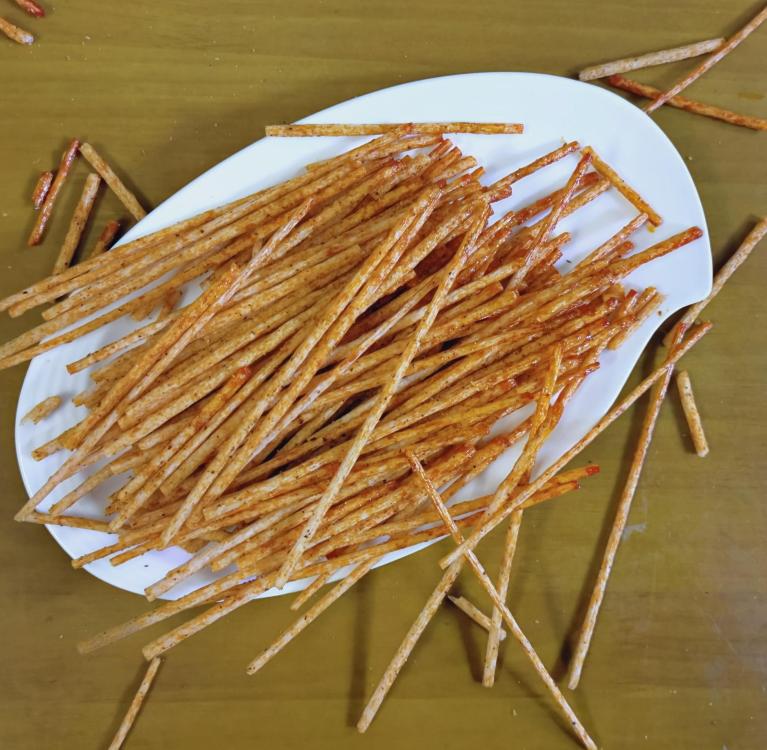
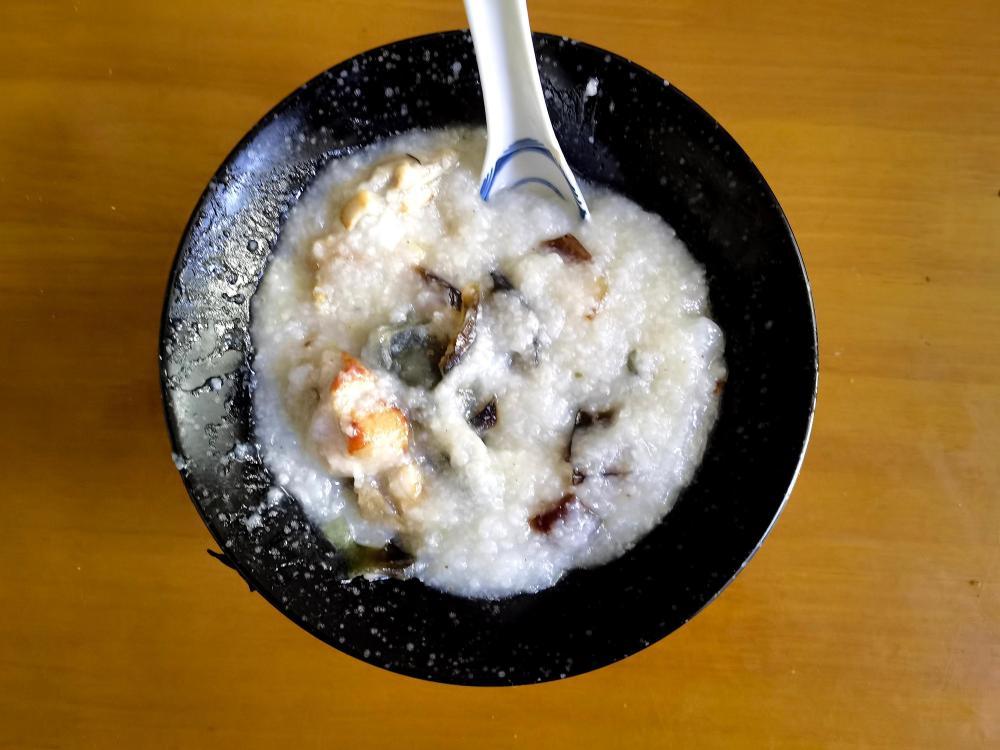
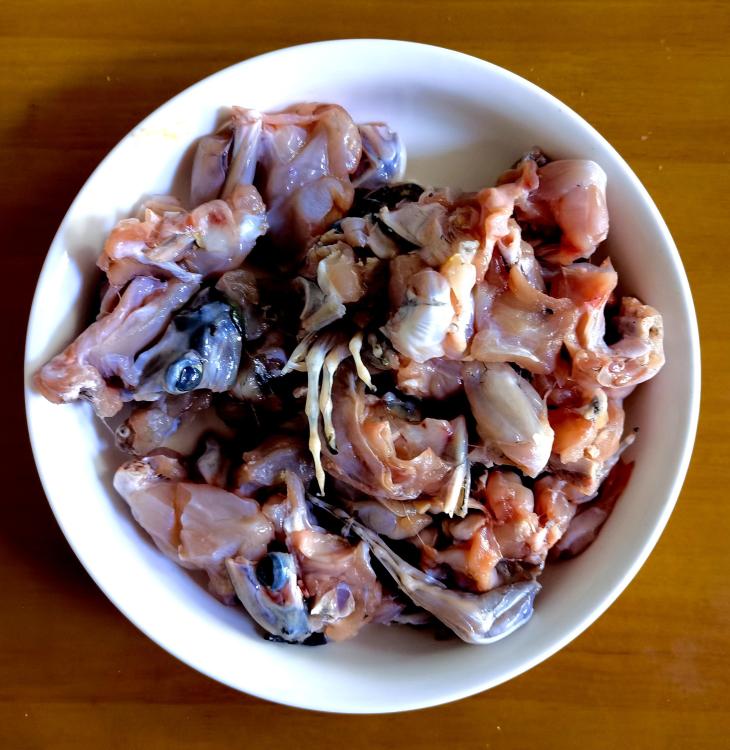


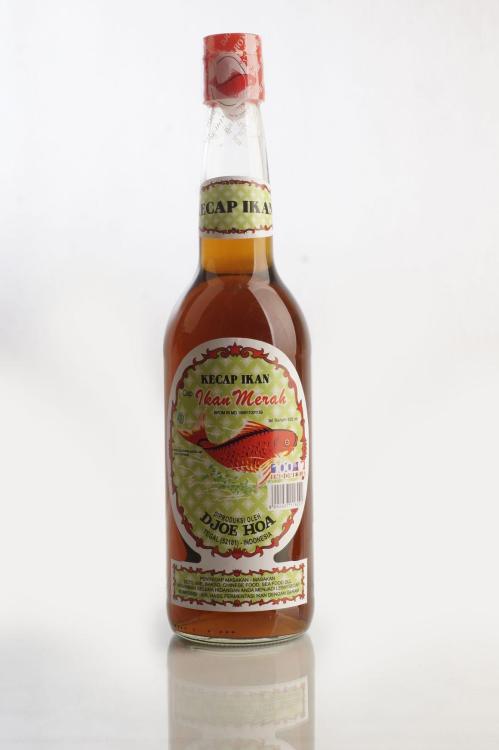
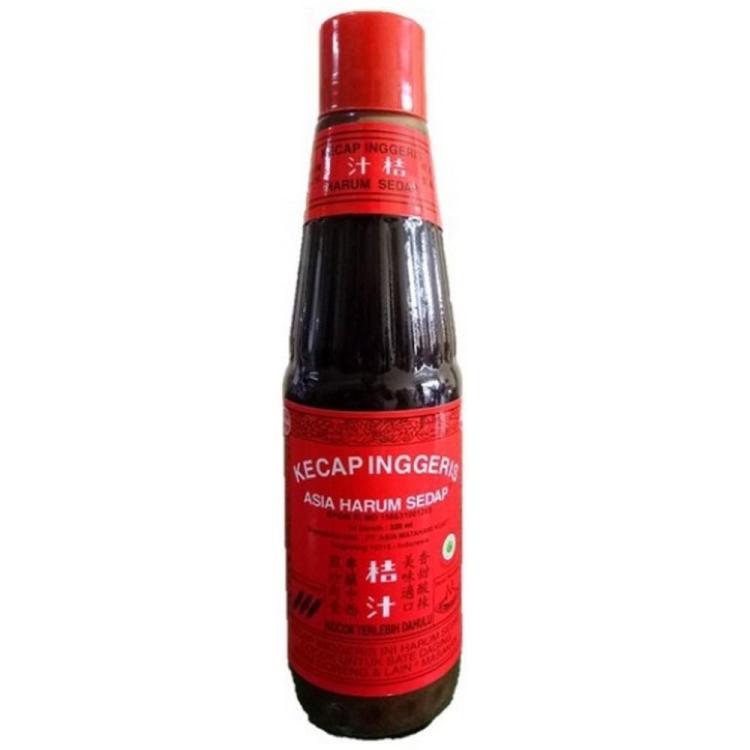
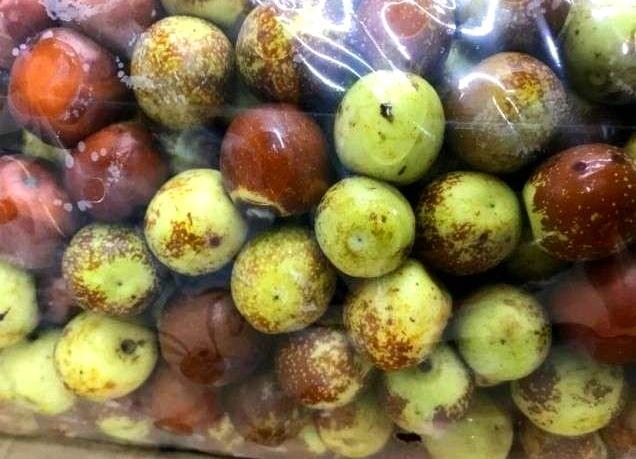
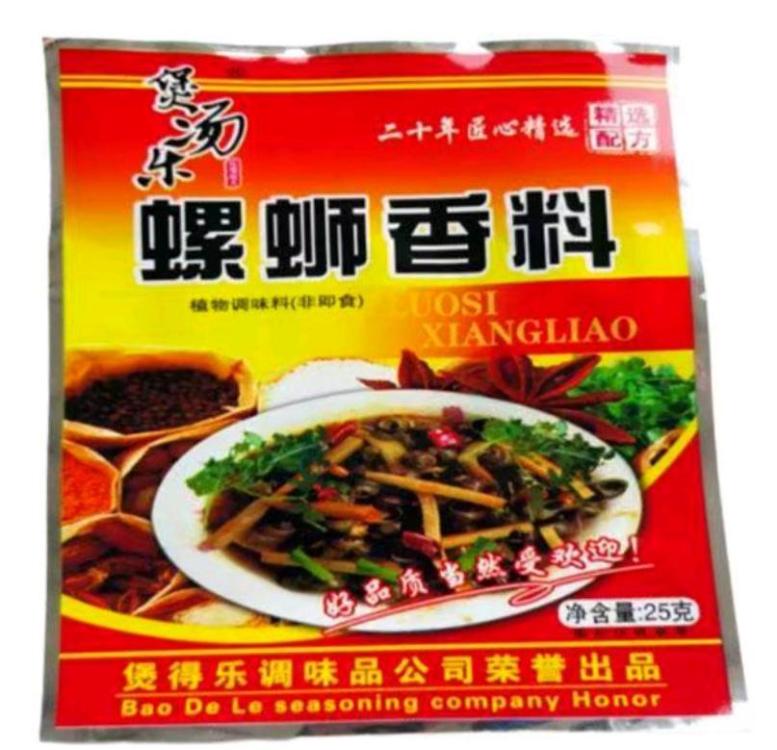
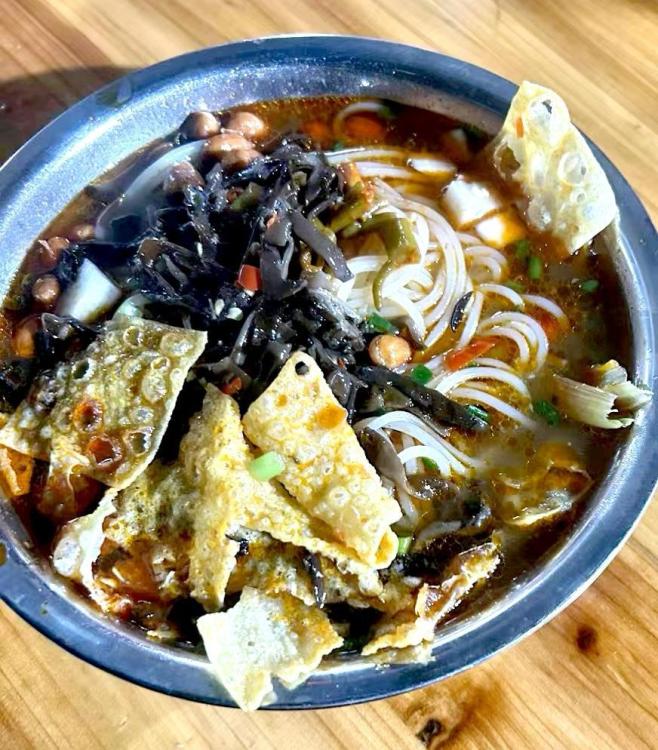
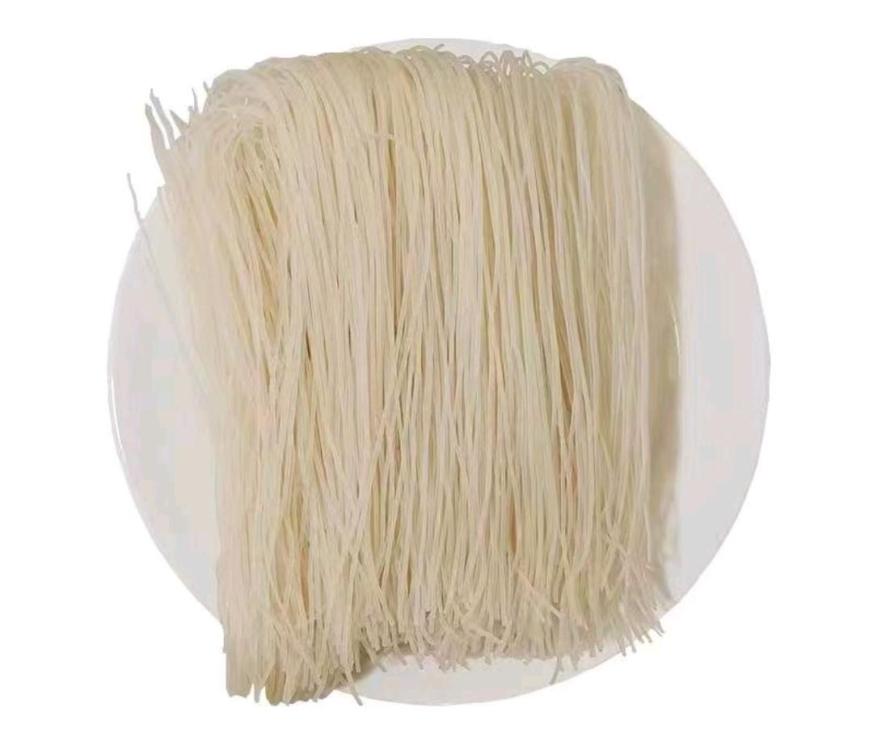

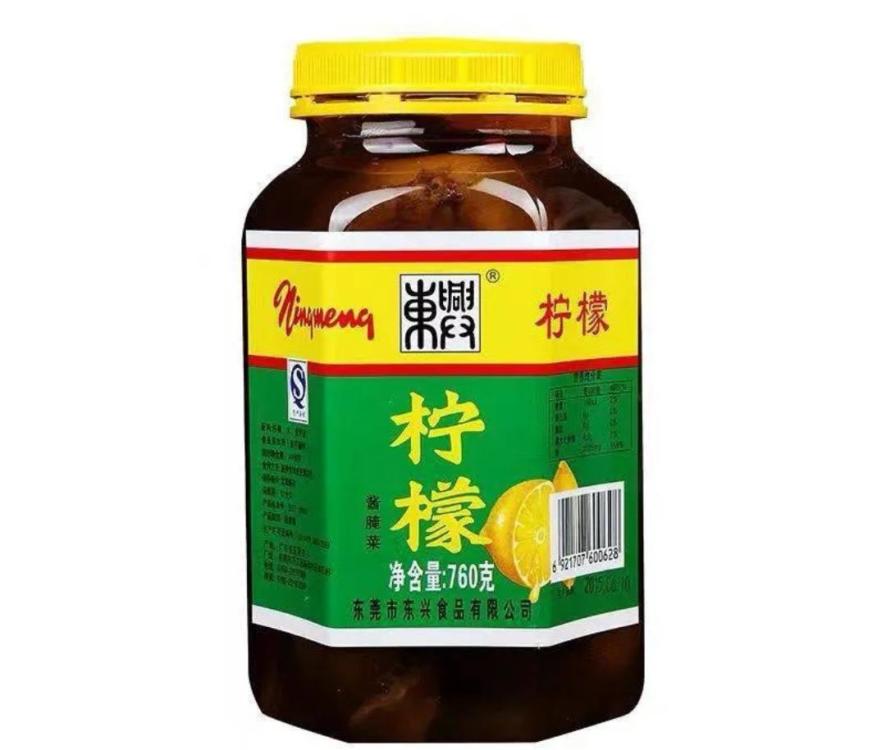
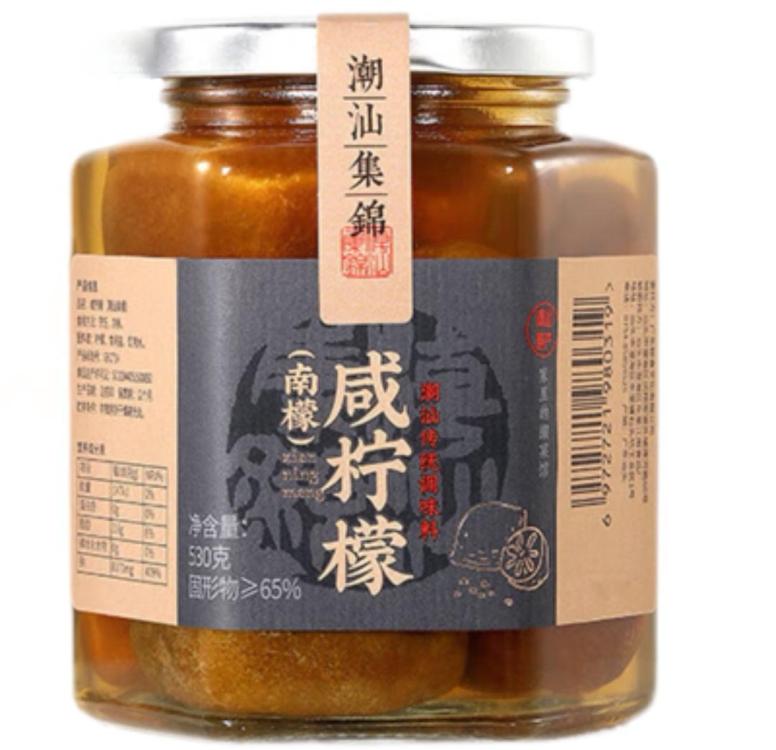
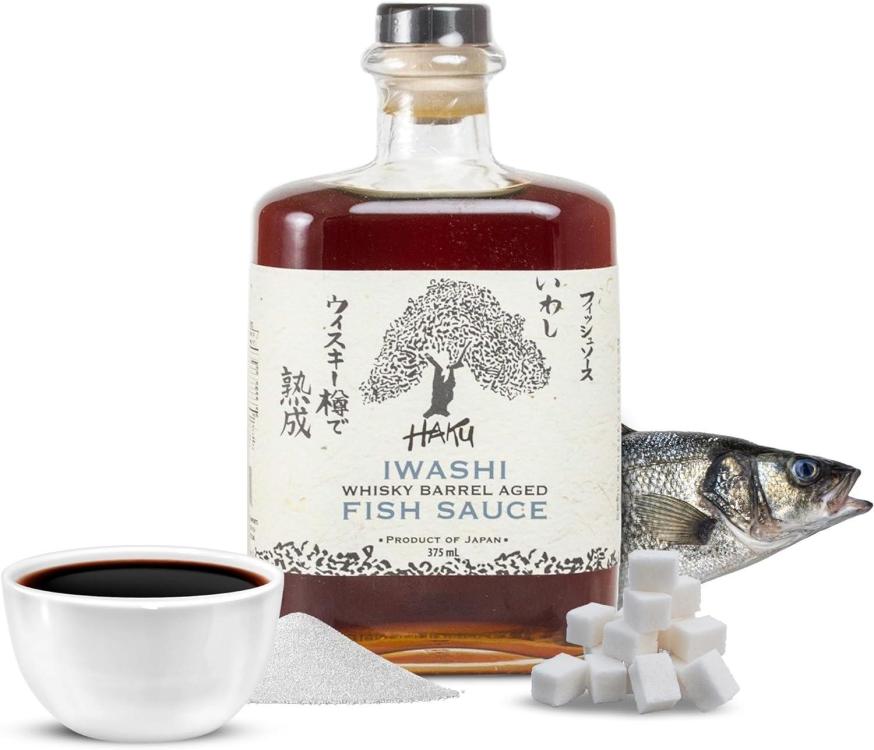
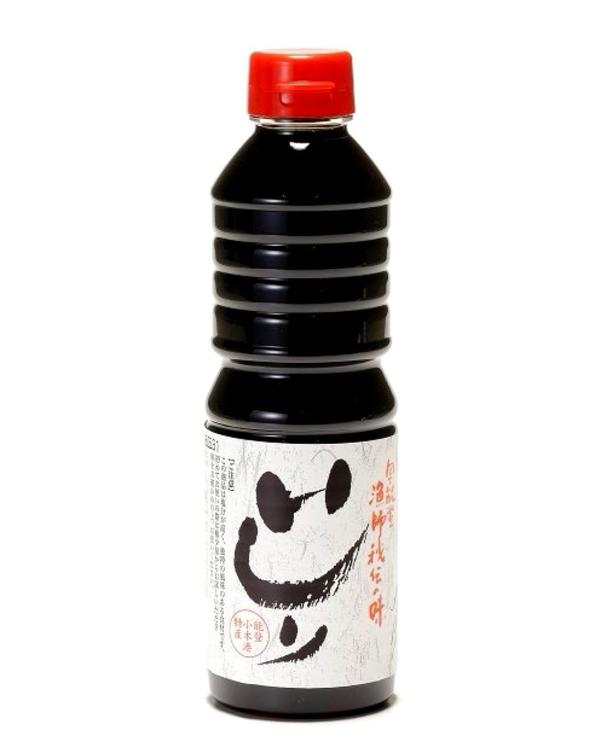
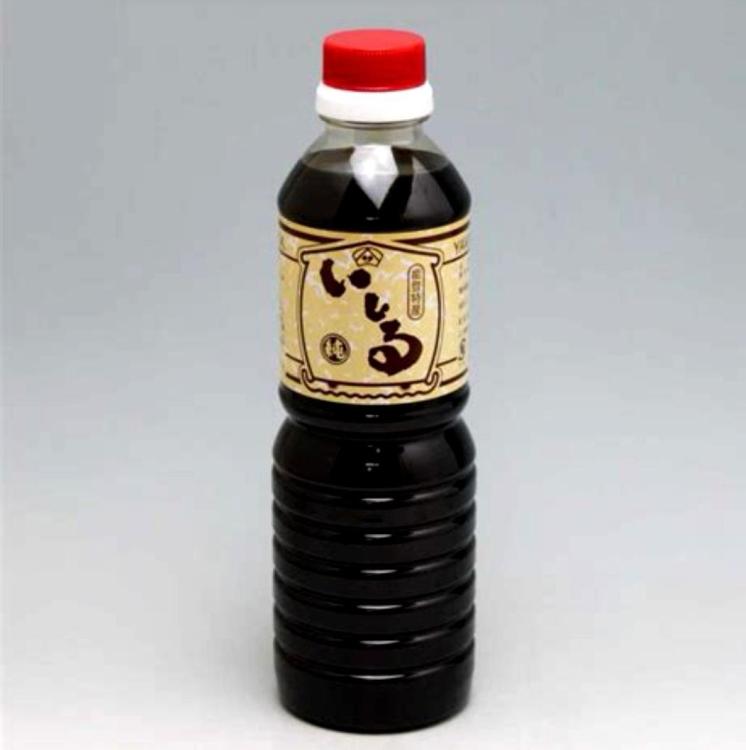
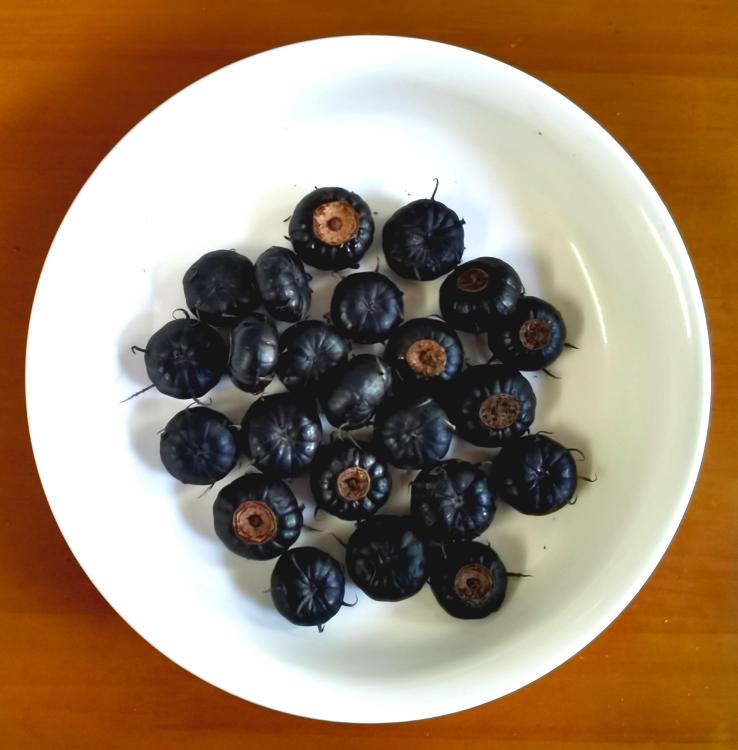
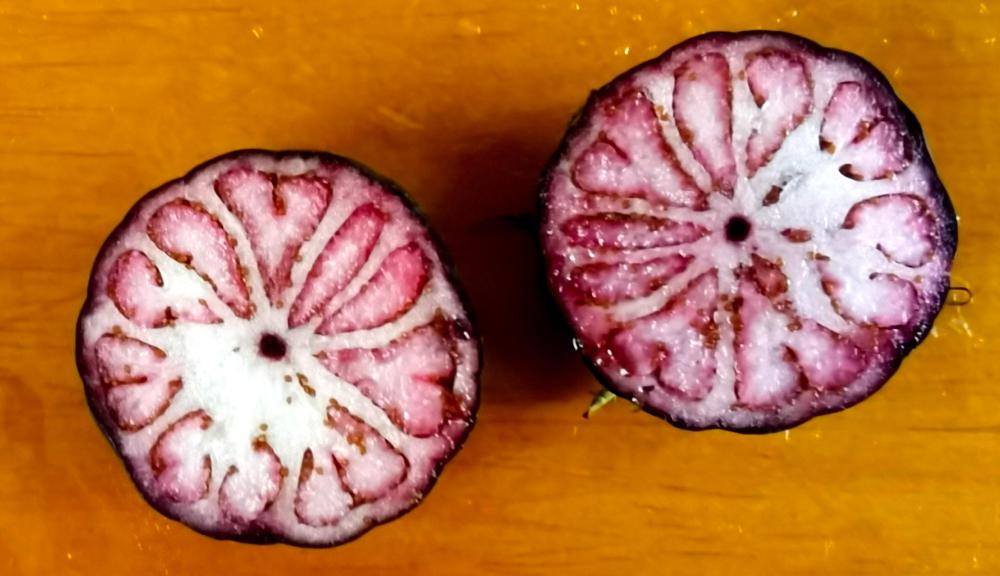
Fish Sauce
in Cooking
Posted · Edited by liuzhou (log)
Pliny the Elder - PD
Pliny the Elder (23-79 CE) is best known for his Natural History, an encyclopedia diplomatically described by Encyclopedia Brittanica as being "of uneven accuracy".
His name comes up in most accounts of garum as he was one of the first to describe it, saying
"Another liquid, too, of a very exquisite nature, is that known as "garuim:" it is prepared from the intestines of fish and various parts which would otherwise be thrown away, macerated in salt; so that it is, in fact, the result of their putrefaction. Garum was formerly prepared from a fish, called "garos" by the Greeks..."
What these accounts choose not to mention is that he was in fact writing a fantastical 'medical' treatise which makes TCM look sensible. Among other ailments, he recommended garum for 'bringing away the afterbirth' and praised its efficacious effects in the treatment of crocodile bites. To say he was an unreliable witness would be generous.
Garum's medical properties' reputation survived long after it's culinary use was all but lost. A 1607 English document reads "Cure it by laying two linnen clothes, or by a pinte of the best Garum, and a pound of Oyle infused into the left nostril of the Mule."
More usefully, he mentions several places involved in the production of garum in Italy but also further away in the Empire, including Spain, which was considered to produce some of the highest quality garum, capable of attracting huge prices.
In recent years, attempts have started to revive the industry.
Spanish company Matiz of Andalusia is producing Flor de Garum (literally Flower of Garum), a premium fish sauce they claim to be made to a 3rd century recipe discovered in an unidentified European abbey.
Made using anchovies and salt it is also spiced. It, like ancient garum, is less heavily salted (15% salt to fish compared with up to 50% in Asian sauces).
This results in a finer, more complex flavour while retaining its umami. It is recommended for "in salad dressings, marinades, pasta dishes, or add a splash to finished dishes". It can also be incorporated in dips with garlic, vinegar and chilli.
Available through Amazon and elsewhere.